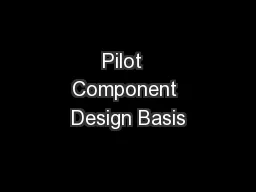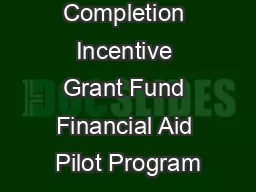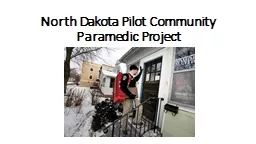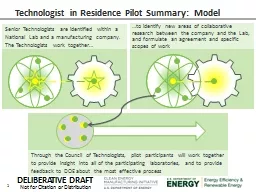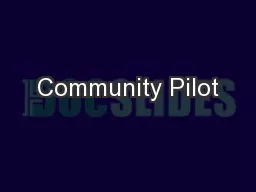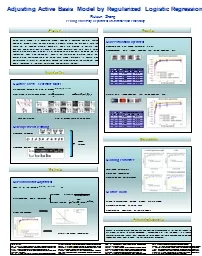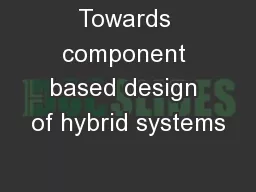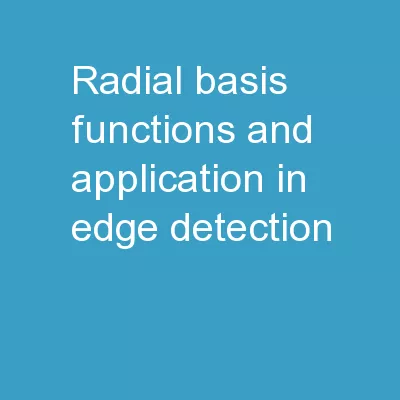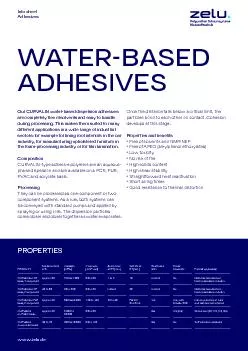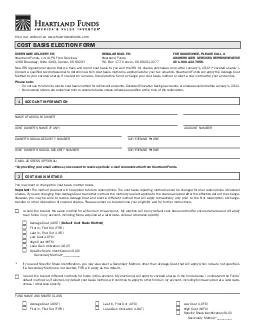PPT-Pilot Component Design Basis
Author : danika-pritchard | Published Date : 2018-11-07
Inspection CDBI and Equipment Qualification EQ Program Inspection Feedback Configuration Management Benchmarking Group CMBG Palm Beach Gardens FL June 7 2016 Glen
Presentation Embed Code
Download Presentation
Download Presentation The PPT/PDF document "Pilot Component Design Basis" is the property of its rightful owner. Permission is granted to download and print the materials on this website for personal, non-commercial use only, and to display it on your personal computer provided you do not modify the materials and that you retain all copyright notices contained in the materials. By downloading content from our website, you accept the terms of this agreement.
Pilot Component Design Basis: Transcript
Download Rules Of Document
"Pilot Component Design Basis"The content belongs to its owner. You may download and print it for personal use, without modification, and keep all copyright notices. By downloading, you agree to these terms.
Related Documents

